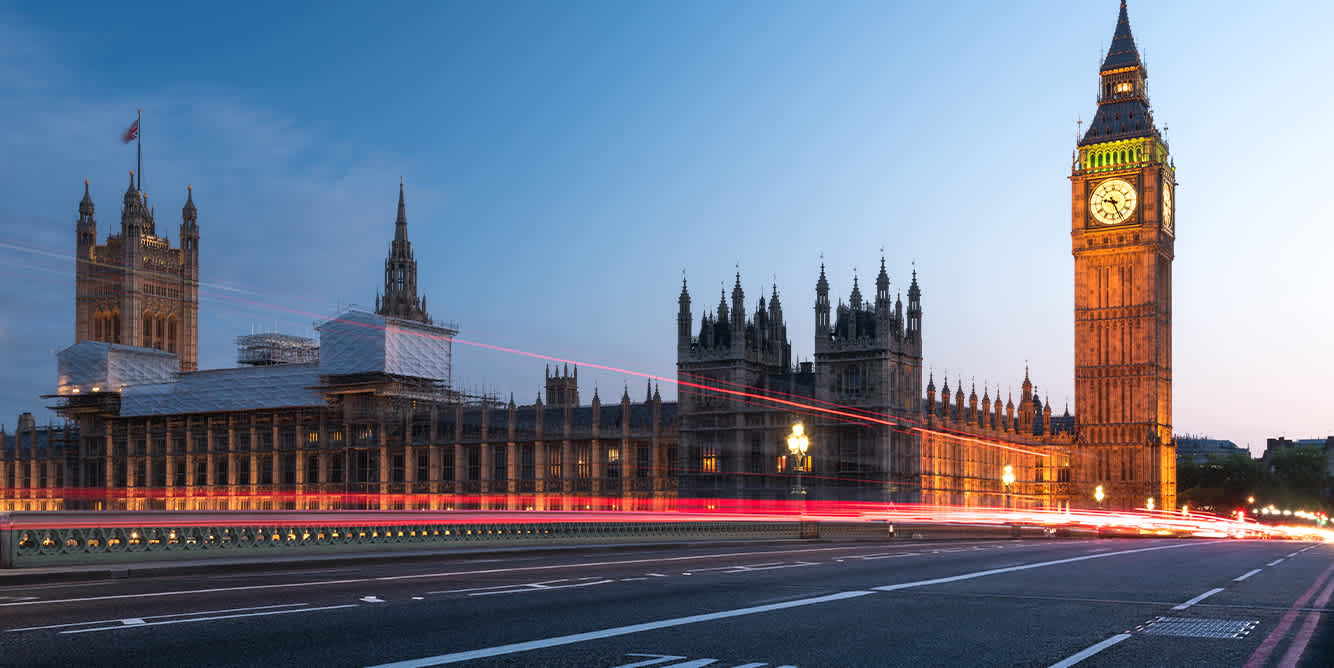
September 1, 2020
Brexit Update: Trade Issues Explained as the Clock Ticks Down
Brexit Update: Trade Issues Explained as the Clock Ticks Down
With interwoven supply chains like what exists between the UK and the EU, even small tariffs can have a notable effect on trade. And, factoring in the economic scarring of the pandemic, the impact becomes even more significant. For many focused on UK trade with the European Union, the real deadline for change continues to be fraught. Should businesses undertake urgent and costly reworking of their supply chain to meet impending new barriers? Or will the next deadline pass harmlessly, as the earlier ones have done?
There have been countless rounds of Brexit negotiations since the initial vote for the United Kingdom’s departure more than four years ago. It’s not as though nothing has happened in the interim. Prime ministers have come and gone. General elections have been held. And in fact, the UK formally left the EU at the end of January this year. Yet through it all, the UK has continued to trade with the EU under the same terms that it enjoyed as a member: goods, capital, and workers could move across member states as a single market and customs union with no tariffs and few impediments. But it also meant adopting a common set of regulatory policies and shared institutions—like the European Court of Justice—to settle any disputes over those policies.
A Recap of Brexit Milestones
Much of the Brexit negotiation leading up to now has revolved around some highly charged political questions. From the UK perspective, a core promise of the “Leave” campaign was that the UK could recoup £350m per week that went toward payments required for EU membership. This settling of accounts was one of the earliest issues to be tackled between negotiators. However, the EU contended that the UK had made commitments to EU projects and therefore was liable for some of the cost of those projects. In the end, the UK will be forced to pay the EU a series of payments that are estimated to net £33 billion.
A second, exceedingly difficult political problem involved Ireland, seemingly an exercise in squaring a circle. The challenges to reconcile:
- Northern Ireland is part of the UK, yet the remaining part of the island—the Republic of Ireland—is a member of the EU.
- While part of the EU, there is no need for hard borders and customs checks between member countries. But once outside of that EU customs union, a border between customs union members and other countries is required.
- Part of the Good Friday Peace Accords of the late 1990s required that the UK and Republic of Ireland commit to not having a hard border between the Republic of Ireland and Northern Ireland.
Tremendously contentious, the Ireland issues contributed to the political downfall of former Prime Minister Theresa May. For current UK Prime Minister Boris Johnson, the solution seemed to be to set a border across the Irish Sea. The likely result: barriers between Northern Ireland and the rest of the UK.
Once those issues were resolved, the UK formally departed the EU at the end of January 2020. But trade continued to operate under a transition agreement that came with two particularly notable deadlines. First, it was scheduled to expire by the end of 2020. Second, the UK could request an extension if it did so by the end of June. Since there was no such request, that seems to leave just under four months before there is a new regime in UK-EU trade relations.
Brexit Ahead
With the clock running out, a new agreement governing trade will need to be considered and voted on by the remaining 27 EU member states. Michel Barnier, the lead EU negotiator, recently said the negotiating deadline was the end of October. Four years of negotiations and uncomfortable compromises are coming to a head, leaving a short window of time for businesses to plan.
If there is no agreement by January 1, UK goods entering the EU would be treated like those of any other member countries of the World Trade Organization. While they would not be hit with very high tariffs, they would have to pass through customs and meet EU import requirements. And EU exports to the UK that currently enter unhindered would require new procedures, as well. The logistics may be daunting.
Clearly, there are ample incentives to strike a deal. But that has been true for years now. For the patient observer, this long-running show appears to be entering its final act.





